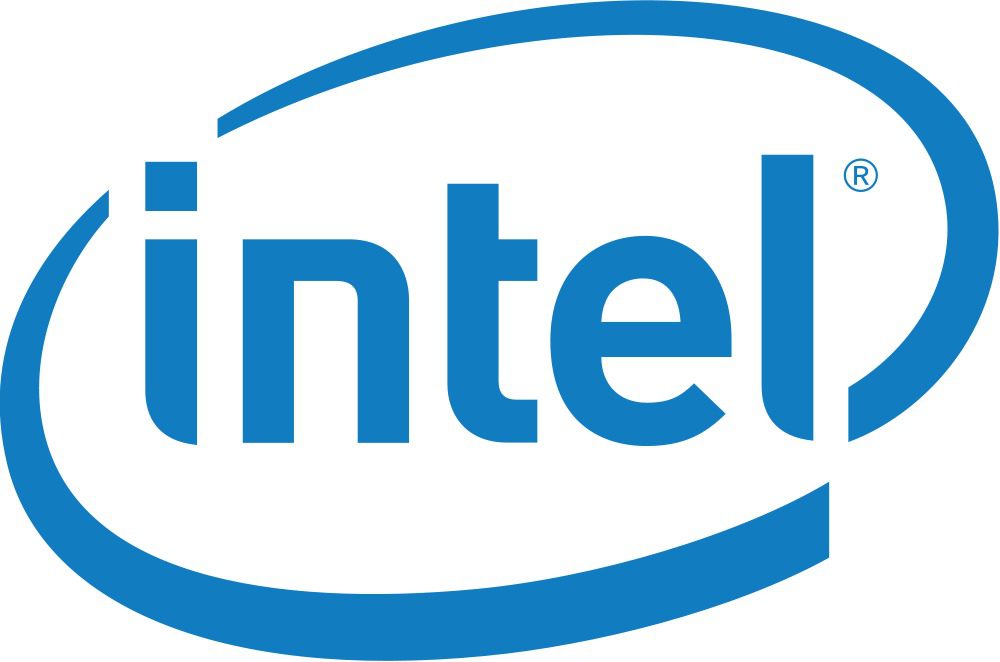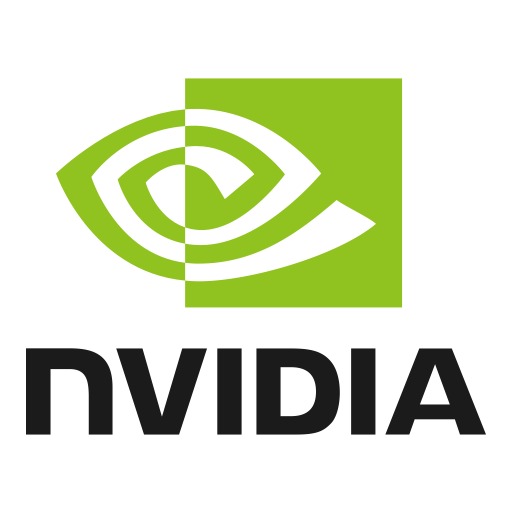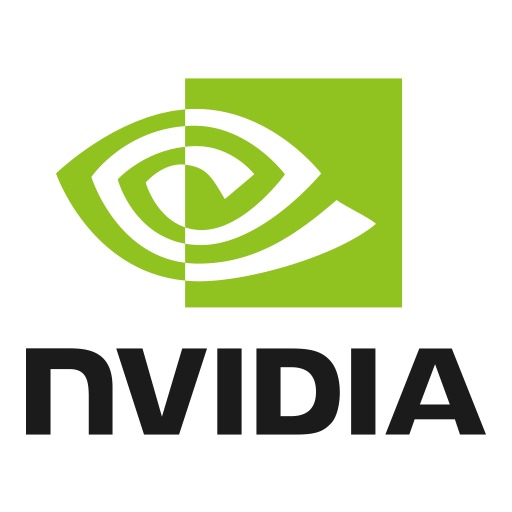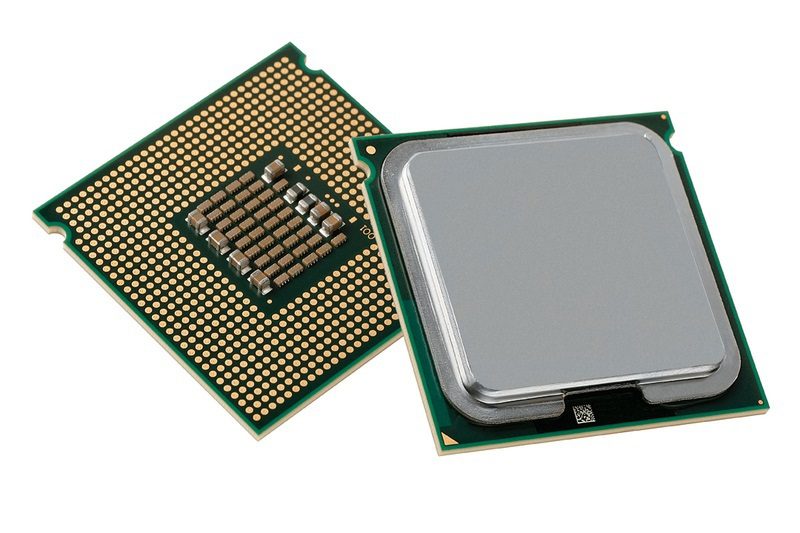Introduction The initial release of Unreal Engine 5.0 was aimed at game developers. Features such as Nanite, Lumen, MetaSounds and World Partition improve the look and performance of games. However, some of these features did not support in-camera VFX (ICVFX), and other virtual production specific features from 4.27 were not brought over to 5.0. Well,













